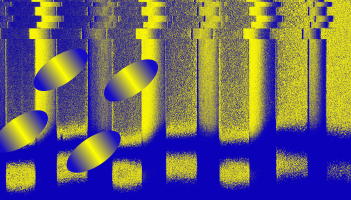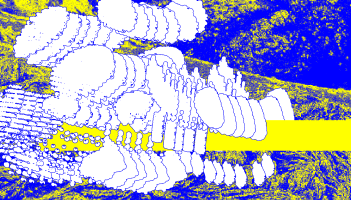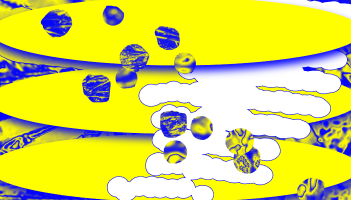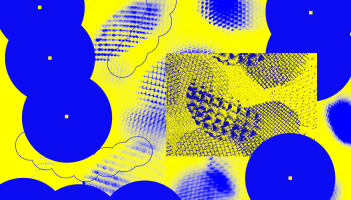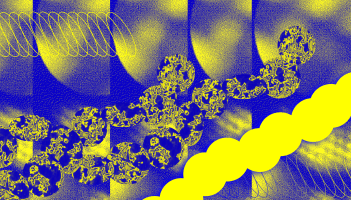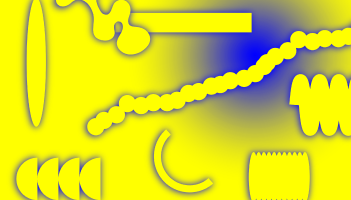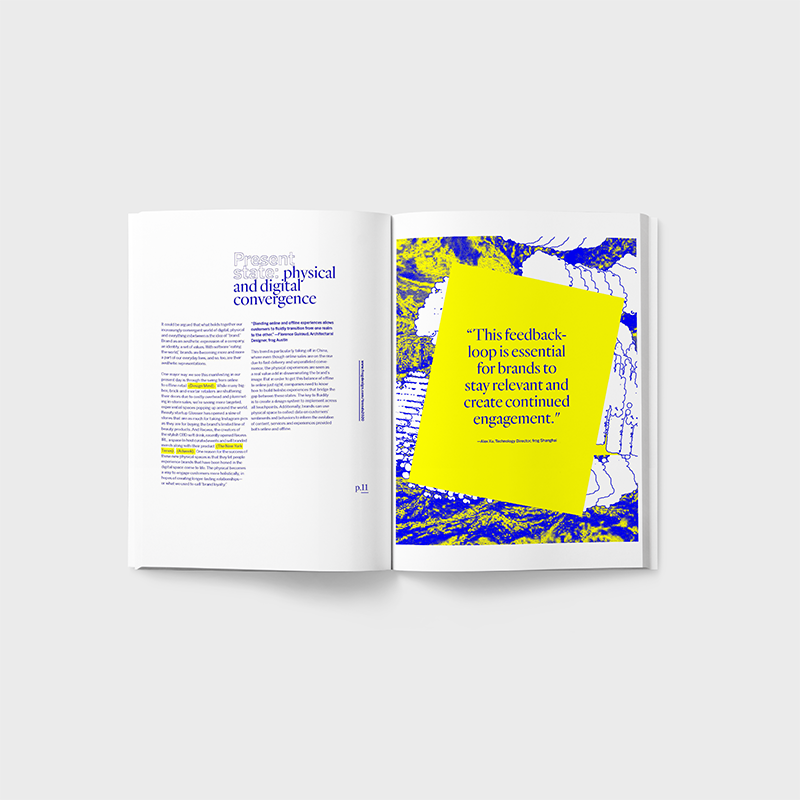
Envisioning—and Designing—a Planet-Centric Future
Present State: Progress on the Long Path to Sustainability
Two decades after making environmental protection an integral part of his presidential campaign, former Vice President Al Gore proclaimed in a recent interview that “we’re in the early stages of a global ‘sustainability revolution’” (Wired). But there’s a lot more work to be done. Today, the conversation around the human impact on climate is influencing consumers to use products more mindfully and putting pressure on organizations to employ more sustainable business approaches. In 2020 and beyond, we will see a greater push toward the development and implementation of planet-centric business models that confront wide-scale environmental challenges on a holistic, global level.
Doing good is good for business, too. Conscious organizations are taking a stand to drive real impact, connecting with customers on a deeper level of shared values and beliefs and turning them into brand advocates.
From sourcing ingredients to disposing of waste, a major focus will be on the food industry. While the industry currently makes up a huge amount of global carbon emissions, food production and consumption shows real opportunity for innovation. Food engineers are working to reduce reliance on conventional factory farming, while also seeking economically and environmentally suitable alternatives. For example, Impossible Foods, Inc., which develops plant-based substitutes for meat products, is currently valued at $2 billion. Its signature product, the “Impossible Burger,” is on the menu in 5,000 restaurants across all 50 states in the U.S. (Newsweek).
While we’re not necessarily changing the function of food, we are certainly pushing its form and the way we interact with food.
Countering the severely high greenhouse gas footprint derived from industrial farming and agriculture is not the only opportunity for more ethical food choices. How businesses manufacture, package and transport food is ripe for exploration, and so is how we consume it. As the world’s population rises to nearly 10 billion people over the coming decades (UN), the focus will need to be not only on eating better, but making quality food available to more people, while nurturing biodiversity, protecting the lands we manufacture food on, and supporting the local communities where it is harvested and produced in the process.
Future State: Conscious Capitalism Takes Root with Planet-Centric Design
Messaging is often geared towards encouraging individuals to make the right choices (e.g., recycle waste, avoid plastic straws, don’t buy fast fashion), but to make lasting change, companies need to commit to these choices, too. Moving into a sustainable future, organizations worldwide need to reassess their business models to strategically position themselves in step with both human and environmental needs.
Individual recycling will not make the dent that we need. The challenge also falls on corporations to shift their businesses, operating models, incentives and investments.
Planet-centric design will play a huge role in driving a sustainable economy in terms of the products we make, the processes we follow and the policies we influence. We will need to support our clients in this mission while still being mindful of their bottom line, brand perception and customer experience. The next revolution in innovation is upon us. Across all industries, designers can guide companies to strive for more service-centered business models that consumers will be willing to buy into, ones that avoid damage to the environment, but are also built to adapt as needed.
Becoming planet-centered is not simply about eliminating the human from human-centered design, but evolving what it means to be human-centered at all, which is to acknowledge where humans fit in the world and what our real needs are.
Design has the ability to advance human behavior through the products, services and entirely new businesses we help our clients bring to life. The way we work will also need to evolve to integrate new criteria for assessing quality, such as by measuring the carbon footprint of production, monitoring manufacturing practices and considering the ethics of source materials—as well as the effects on indirect users or disturbances generated by a project. Redefining design thinking methods to include both human and environmental needs will be the next big challenge.
User-centric design is no longer just a matter of designing delightful and lovable experiences, but to consider the overall impact of those experiences on society and the environment.
We know businesses can succeed long-term without compromising the planet. By sharing visions for new, evolved business models that push for lasting value over immediate convenience, we can give rise to a more conscious capitalism and the sustainable, planet-centric economy of the future.
We respect your privacy
We use Cookies to improve your experience on our website. They help us to improve site performance, present you relevant advertising and enable you to share content in social media. You may accept all Cookies, or choose to manage them individually. You can change your settings at any time by clicking Cookie Settings available in the footer of every page. For more information related to the Cookies, please visit our Cookie Policy.
